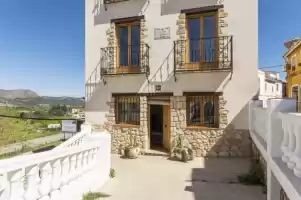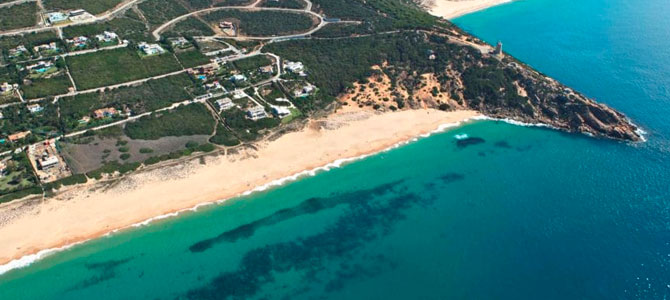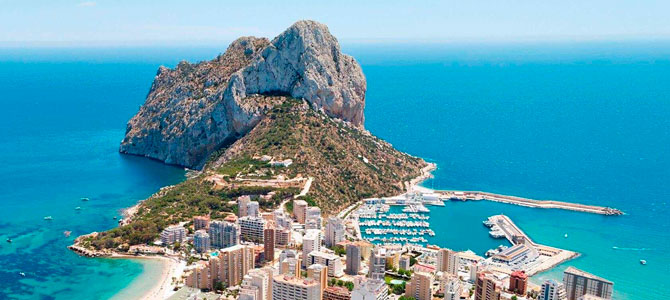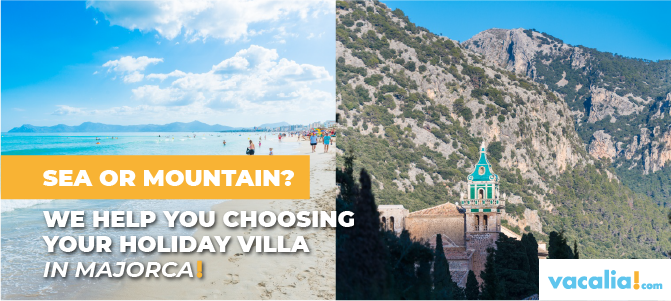When you are looking for unforgettable adventures in Alicante, you cannot miss what many consider to be the jewel of Valencian hiking. The Cathedral of Hiking, as it is popularly known, is located in the heart of the province of Alicante, in the magical surroundings of the Vall de Laguar, very close to the picturesque village of Fleix.
Through this tortuous gorge of the Barranco del Infierno runs one of the most unique and spectacular hiking routes in the entire region of Alicante: the PR-V 147 trail. A route that has not obtained its nickname of “Cathedral of Hiking” by chance, but by the majesty of its walls that rise like natural buttresses and, above all, by the more than 6,800 steps meticulously carved into its slopes by the ancient Mozarabs, ingeniously saving the steep climbs and descents that characterize this unique route.
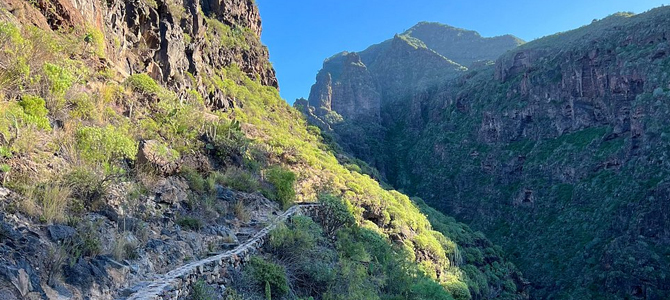
A valley between four villages and thousands of cherry trees
In the beautiful region of the Marina Alta, embraced by imposing mountains and embellished by cherry blossom trees that transform the landscape every spring, you will discover four villages that seem suspended in time: Fleix, Campell, Fontilles and Benimaurell. Together they make up La Vall de Laguar, a rural paradise where the Barranco del Infierno ravine and the river Girona act as silent witnesses to what many experienced mountaineers consider, without a doubt, one of the best hiking routes in the province of Alicante.
As you walk along these paths, each step will connect you with centuries of history. The steps you will tread on were carved into the rock by Mozarabic hands, whose knowledge and techniques enabled them to conquer these steep slopes and turn them into arable land. This impressive work of ancient engineering is a living testimony to the symbiosis between man and a seemingly untamable natural environment.
14.5 kilometres of pure excitement
This spectacular mountain route starts in the charming village of Fleix. With an approximate length of 14.5 kilometres, what really stands out, apart from its extraordinary scenic beauty, is its 816 metres of accumulated height gain. This difference in altitude is the result of a constant ascent and descent of the Barranco del Infierno ravine, a real natural roller coaster that will put your legs to the test but will reward every drop of sweat with views that will remain engraved in your memory forever.
The route will offer you a complete sensory experience: you will marvel at the vibrant colours of its fields, especially in spring, when the cherry blossom transforms the valley into a spectacle of pink and white tones that contrast with the intense green of the vegetation and the blue of the Mediterranean sky. It is a beautiful route with its changing landscapes, where every bend in the road reveals a new panoramic view that will take your breath away.
But this trail is not only a visual delight; it is also fascinating for the rich history it holds. Each of its thousands of steps tells a story of survival, ingenuity and adaptation of the communities that inhabited these lands for centuries. When you descend them, you will be following the same steps that were trodden by generations of Mozarabic farmers, traders and shepherds who turned this seemingly natural obstacle into a vital means of communication for the region.
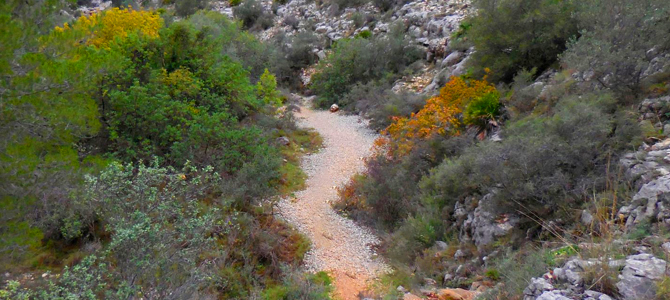
A well-marked trail for a safe adventure
One of the great advantages of this route is its excellent signposting. The trail is perfectly marked with the characteristic PR signs (a white stripe on a yellow background), which will ensure that you will have no problems following it even if it is your first visit to the area. Moreover, at the crossroads you will find informative directional posts that will clearly indicate the way to follow, allowing you to concentrate on enjoying the landscape without having to worry about orientation.
This careful signposting will allow you to appreciate every detail of the landscape at your leisure: the traditional terraces that climb the slopes, the rock formations sculpted by erosion over millions of years, the varied Mediterranean flora that flourishes in the crevices of the rocks and, with luck, the native fauna that inhabits this privileged ecosystem.
An accessible but demanding challenge
As for the physical effort required, you should be aware that this route demands a certain level of fitness. It is not a simple walk, but a real mountain adventure where you will have to overcome quite steep changes in altitude. The path descends on several occasions to the bed of the ravines, and then climbs back up to a considerable height on the mountain by means of those characteristic steps for which the route is famous.
These continuous ascents and descents, although demanding, are perfectly integrated into the landscape and have been designed to facilitate transit over terrain that would otherwise be practically impassable. The satisfaction you will feel when, after a strenuous climb up the Mozarabic steps, you reach a natural viewpoint from which to contemplate the immensity of the valley, will more than compensate for the accumulated fatigue.
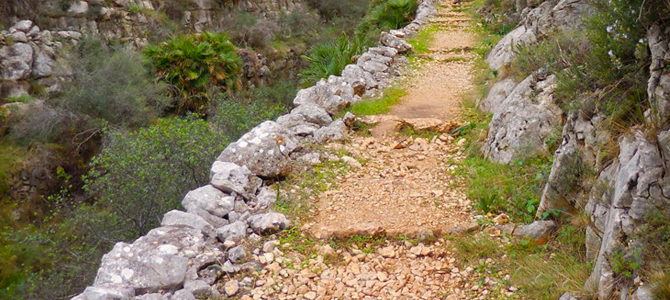
A journey through history by stepping on ancestral steps
Each of the steps you walk along this route is a silent witness to the passage of time. As you descend and ascend them, you can imagine the Mozarabs patiently carving the limestone to create this work of engineering that has withstood the passing of the centuries. Think of the generations of farmers who used these same steps to access their terraced crops, of the merchants who transported goods between the villages in the valley, of the families who moved along these paths to visit loved ones in nearby towns.
The Cathedral of Hiking is not just a poetic name for a mountain route; it is an apt metaphor that captures the solemnity and seclusion that you will feel as you walk through this space where human work and nature have found a perfect balance. The walls of the ravine rise up like the walls of a natural cathedral, the murmur of the water of the Girona river resounds like ancestral chants, and the light filtering through the rocks creates effects similar to those produced by the stained glass windows in the great Gothic temples.

An experience that will transform your vision of hiking.
When you complete the 14.5 kilometres of this circular route and return to your starting point in Fleix, you will understand why the Barranco del Infierno has earned the title of “Cathedral of Hiking”. You will have lived an experience that goes beyond simple physical exercise to become a journey through time, culture and the senses.
The more than 6,800 steps will have left their mark not only on your tired legs, but also on your perception of what hiking really means as a way of connecting with the natural environment and with the history of a territory. You will take home with you not only photographs of spectacular landscapes, but also the satisfaction of having conquered one of the most emblematic routes in the Alicante mountains, a demanding route that will have rewarded you with countless natural and cultural treasures.

